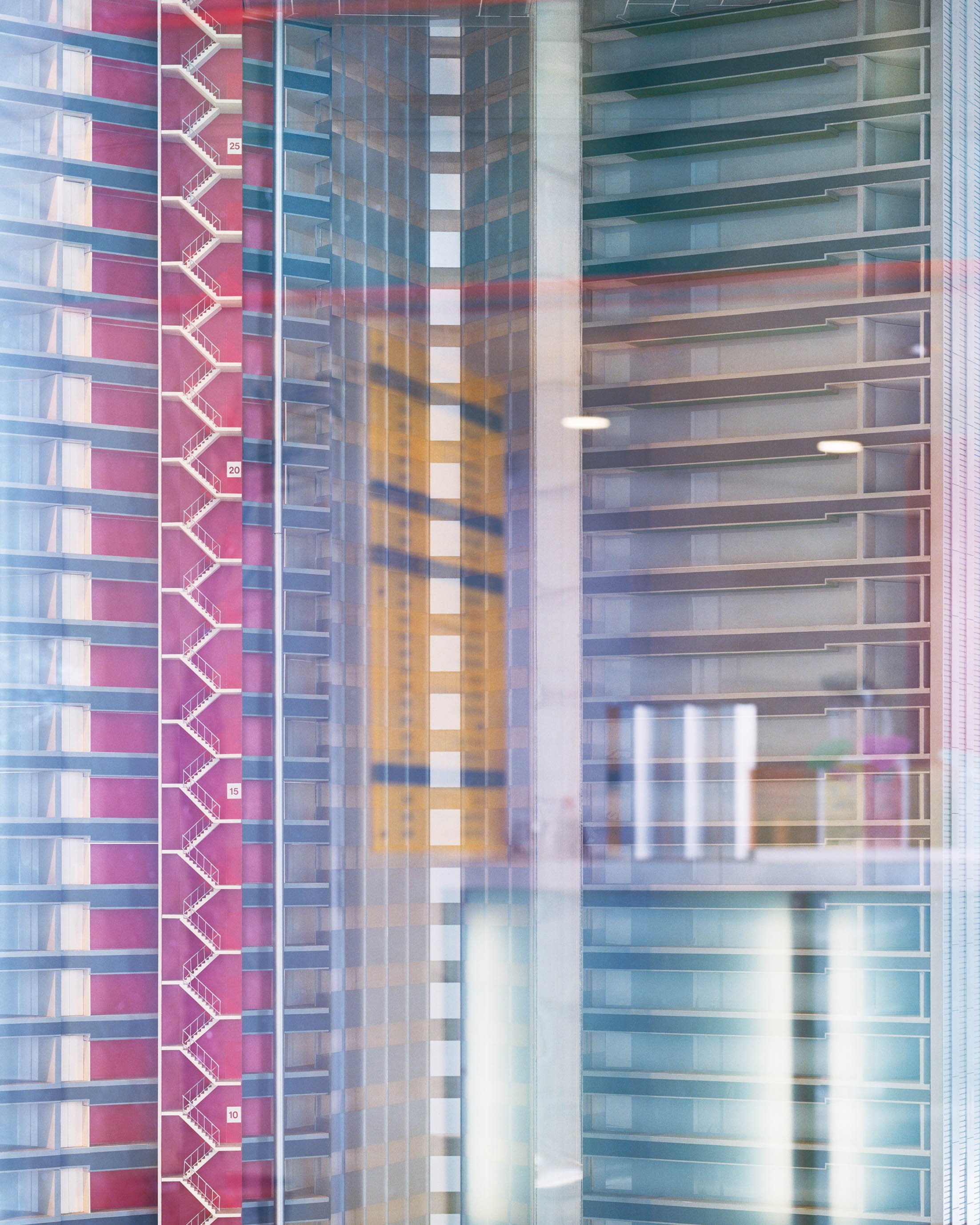
Asia (Four Cities)
2005-2006
AN INTRODUCTION
The rise of these new cities in Asia reflects our ways of communication and it’s speed. It has changed us in the sense that we’re now capable of seeing that what is misplaced, not-connected and diffuse at the same time. Focus is on everything, and you could say that the urban landscape incorporates our new perception of ‘the real’.(free after Ad Verbrugge, philosopher)
Within photography there's a relation between the ways the medium is used, it's historical circumstances (the city) and the multi-functionality of the metropole. In post-modernism these elements had a strong mutual influence and presence. This project visually researches these influences and creates a metropole of its own, subjective and new. It is based upon presumptions of truthful representations in photographic form and imagery, suggestions reality and documentary images and all that comes with it: from main-street to side-road, varying layers of interpretation and meaning, hectic crossroads and pockets of silence. It's a continuously fluctuating body of image, space and time.
In 2005 and 2006 I travelled to Asia on multiple occasions to visit four cities: Hong Kong, Shanghai, Singapore and Tokyo. The selection of these large (global?) cities was based upon the fact that their economies to a large extent run parallel to those in 'the west', focussing on the city as part of a 'consumer driven society'. At the same time, there are major differences in political, historical and geographical background.
The large amounts of people cause small plot ratios, the rapid changes and developments cause infrastructural problems, technological progress creates conflicting interests amidst entertainment and information. This project deals with the overlapping possibilities of visual interpretations and (re)presentations of the control of landscape, the lack of space, infrastructural issues and the visual consequences of the speed of economic growth.
“From an historical context, via cities’ (re)presentation to a future image”
Frank van der Salm, Mirage, 2006

















